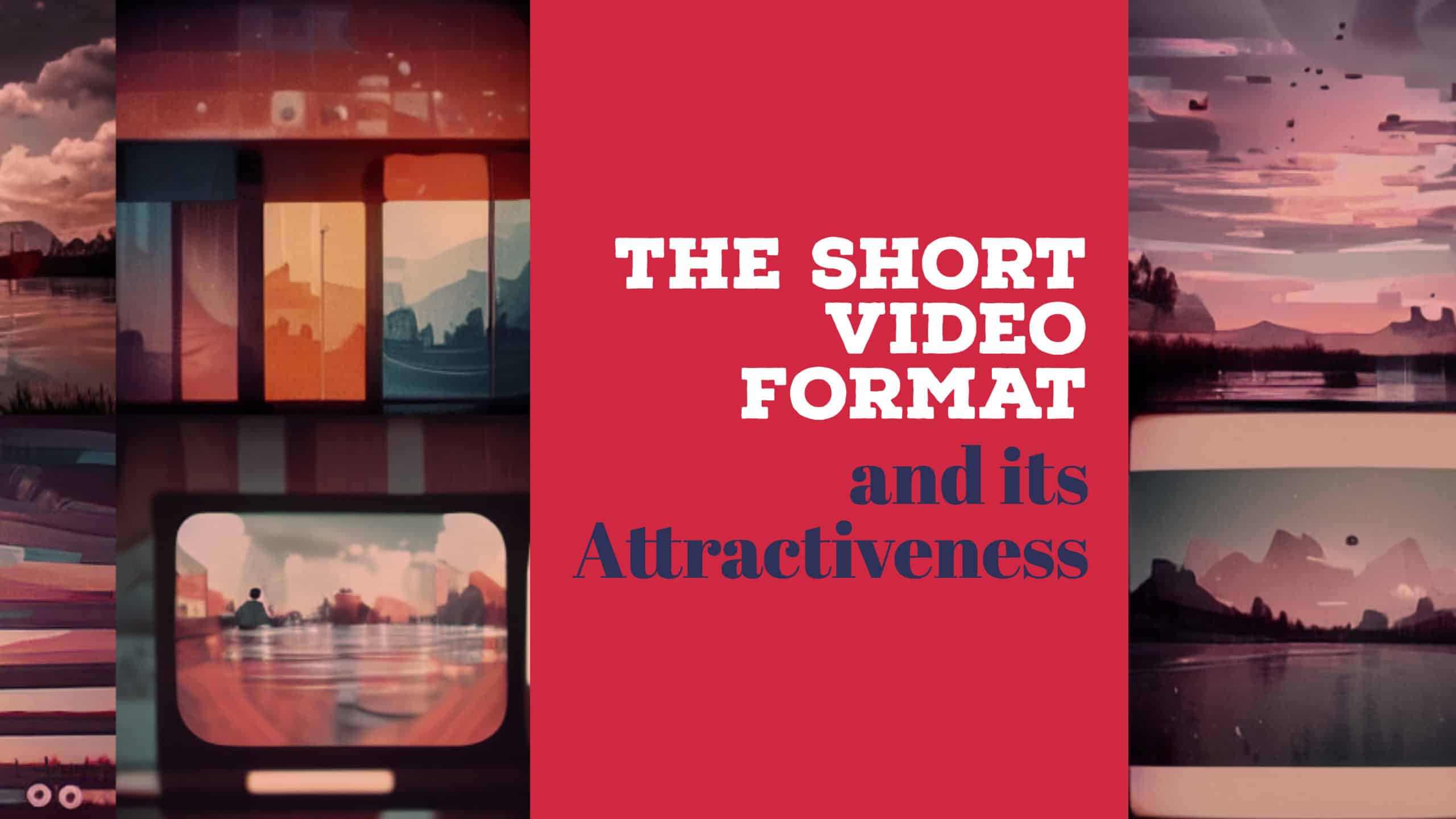Table of Contents
You may also interested:
Video content has been a staple of the internet since its inception. During the era of Web 1.0, webmasters used to upload small, short video clips on their websites of relatively low quality. This was primarily due to the slow internet speeds that were available at that time, and large, long videos would take a really long time to download. To make their videos more accessible to their website visitors, webmasters would sometimes stream their videos using formats such as RealMedia, or convert it into GIFs, which were compressed and smaller because they didn’t support audio codec.
Video Content in Web2.0
In Web 2.0, video content became expanded. Higher quality and longer videos were uploaded, and faster internet speeds meant that people could consume these videos with ease. The first video uploaded to YouTube, for example, was a 19-second video of the YouTube co-founder, Jawed Karim, of his trip to the zoo. Over the years, longer and longer videos were uploaded. In 2014, a creator uploaded 10 hours of the Nyan Cat on loop. But that was just a novelty. Many content creators these days would upload content around 15 to 30 minutes in length because it seems to be the optimal length for their videos to contain enough meaningful information and content for their audience.
The Birth of Short Video Content
Interestingly, there has been wide interest in what is referred to as the “short video format” these days. This is a convenient term which doesn’t quite capture the entire spirit of consumption for this type of video content. This type of video content began in 2017 through TikTok. This became so popular as a format that Facebook, Instagram and YouTube saw fit to emulate this format for their own platforms, with their own proprietary Facebook Reels, Instagram Reels and YouTube Shorts.
But what really is this format? This so-called “short video format” contains several defining characteristics.
- It is a video that is less than 10 minutes in length. Traditionally, early TikTok content creators would create videos that are around 15 seconds long, but platforms are now encouraging them to create videos which are longer than a minute long.
- It is shot in the “portrait” format rather than the “landscape” format.
- Video content does not have to be searched for. On video platforms such as YouTube and Vimeo, one has to search for the video that one wants to view and once that video ends, one can either accept the next video in the playlist or search for another video. In the “short video format”, one does not have to. One merely has to swipe a video away to watch another video. The algorithm does all the work to show the videos that one is interested in. And should the algorithm make a mistake and show a video that one is not interested in, all it takes is a swipe to get another video to watch.
- Audiences who prefer the “short video format” tend to have little patience to sit through a video with a slower, teased out content. They tend to get bored of dead air, or slow moving stories, and need to have hooks thrown at them every couple of second to keep them interested. For this reason, an alternative name for this kind of video format is “quick cuts”.
Short Video Content Popularity
But what is so attractive about this video format? Well, it is not the video length itself, nor its aspect ratio. What this means is that people are not attracted to a short video, nor to the portrait aspect ratio. The attraction point of this type of video are actually:
Quick Storytelling
Quick storytelling, where the information being delivered is functionally more important than the way in which the story is told. Let’s say we wish to tell the story of Little Red Riding Hood. In a more traditional video format such as the ones typically on YouTube, one would tell the story with emotion, pauses for dramatic effect, a careful setup, a strong conflict and a comprehensive resolution. The information about the little girl, her grandmother and the big bad wolf is important but it is enhanced by the way the story is relayed. In traditional formats such as this, a video that rushes through the story or just presents the information will not be as popular as a video that applies strong storytelling principles to the delivery of the information. In the “short video format”, the information becomes more important than the story delivery. The audience demands a quicker, more succinct and more concise delivery of the story. In this manner, the audience can consume a large amount of information and entertainment in a short period of time.
This is not to say that the audience wants only the information. A content creator that just dumps the information in delivers the main plot of Little Red Riding Hood is not going to do well. Neither is a content creator that spends time staring into the camera as if he was staring into the eyes of the audience, and slowly enunciating his words with multiple pauses in between. In the “short video format”, the content creator that will do well is the one who relays the information at a reasonably quicker pace but with strong storytelling principles in place. This is why skits tend to do well in this format. Skits tend to deliver their punchlines quickly and tell only the part of the story that is relevant for the audience.
Accessibility of Short Videos Format
The accessibility of other videos. As mentioned earlier, one swipe is all that is needed to get another video to view. The audience knows this very well, and would not hesitate to swipe away once they feel that the video they are currently watching is too draggy or too boring. Now, this is actually nothing new. Even before the age of the internet, cable TV viewers were already behaving in this way. Cable TV boasts many channels available to the viewers at the click of a button. Cable television viewers who get just a tad bored would just surf over to the next channel, and if they feel bored there too, they would click away again. This behaviour is not due to the format of the television shows, but simply due to the availability of so many things to watch with a single click of a button.
Short Video Format – What’s in for you?
So what does this mean for you? If you wish to create video content for the “short video format”, you need to make sure that:
- The content you wish to relay is interesting to the audience
- The way you relay the information is quick, concise but also entertaining. To avoid being perceived as draggy, keep hooking your audience every two seconds with an interesting visual, sound or piece of information.




